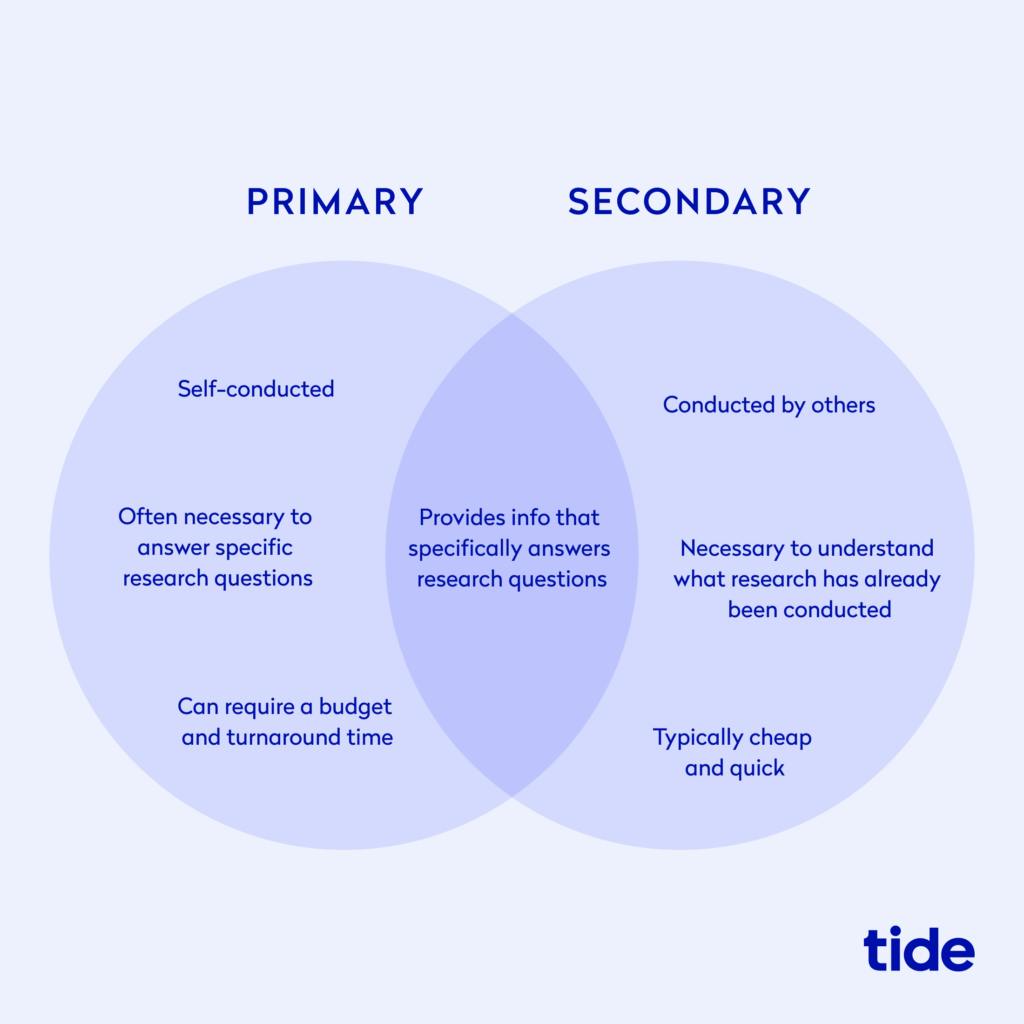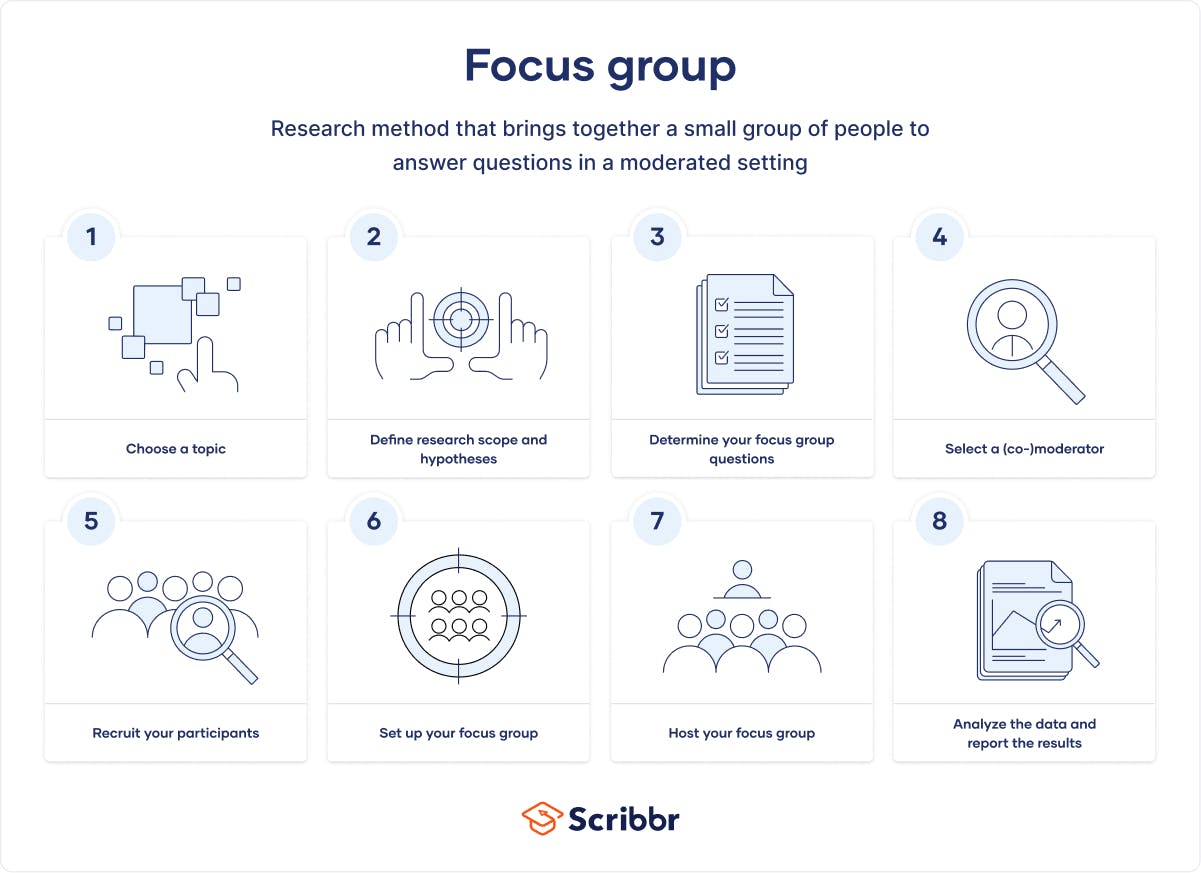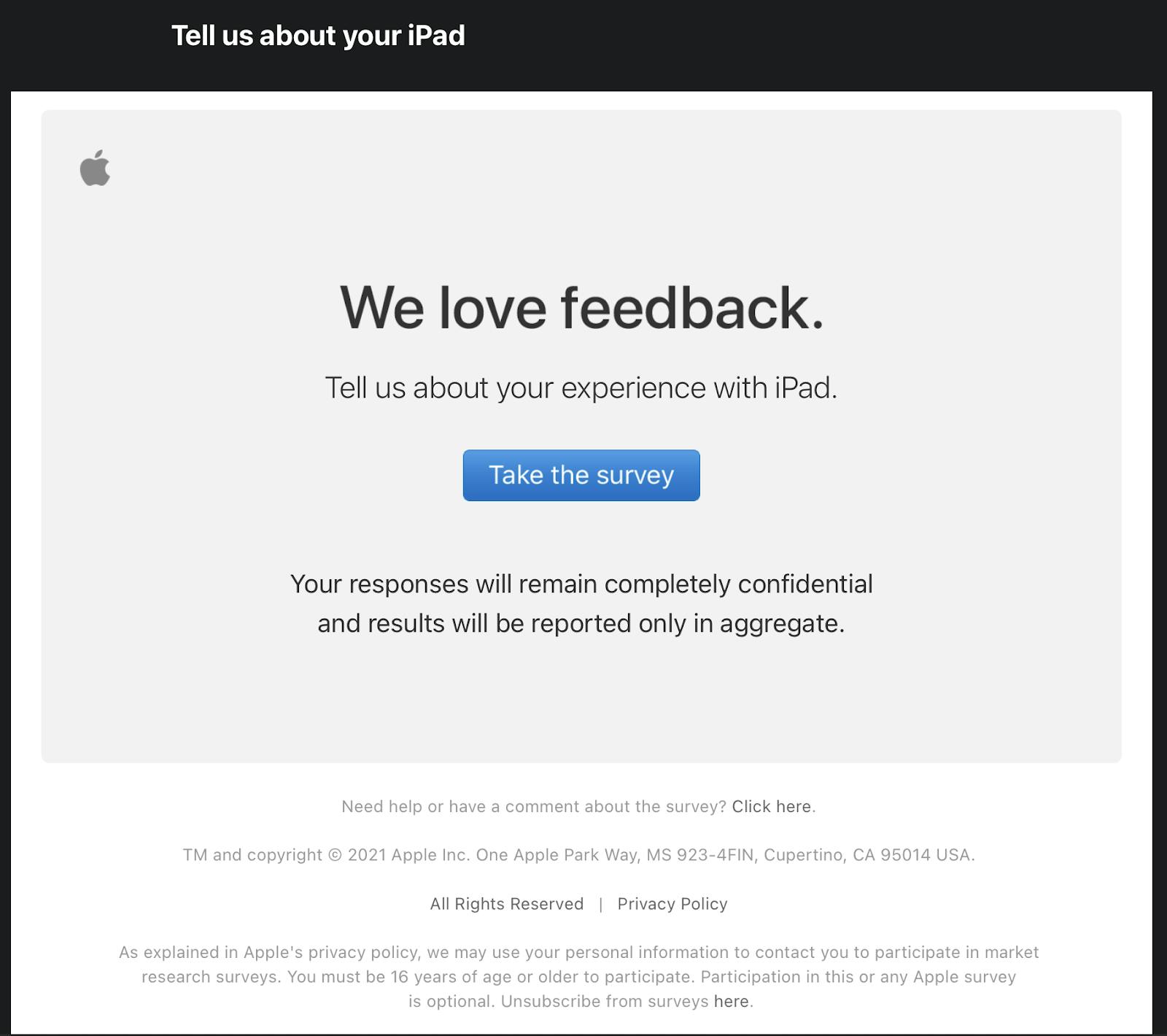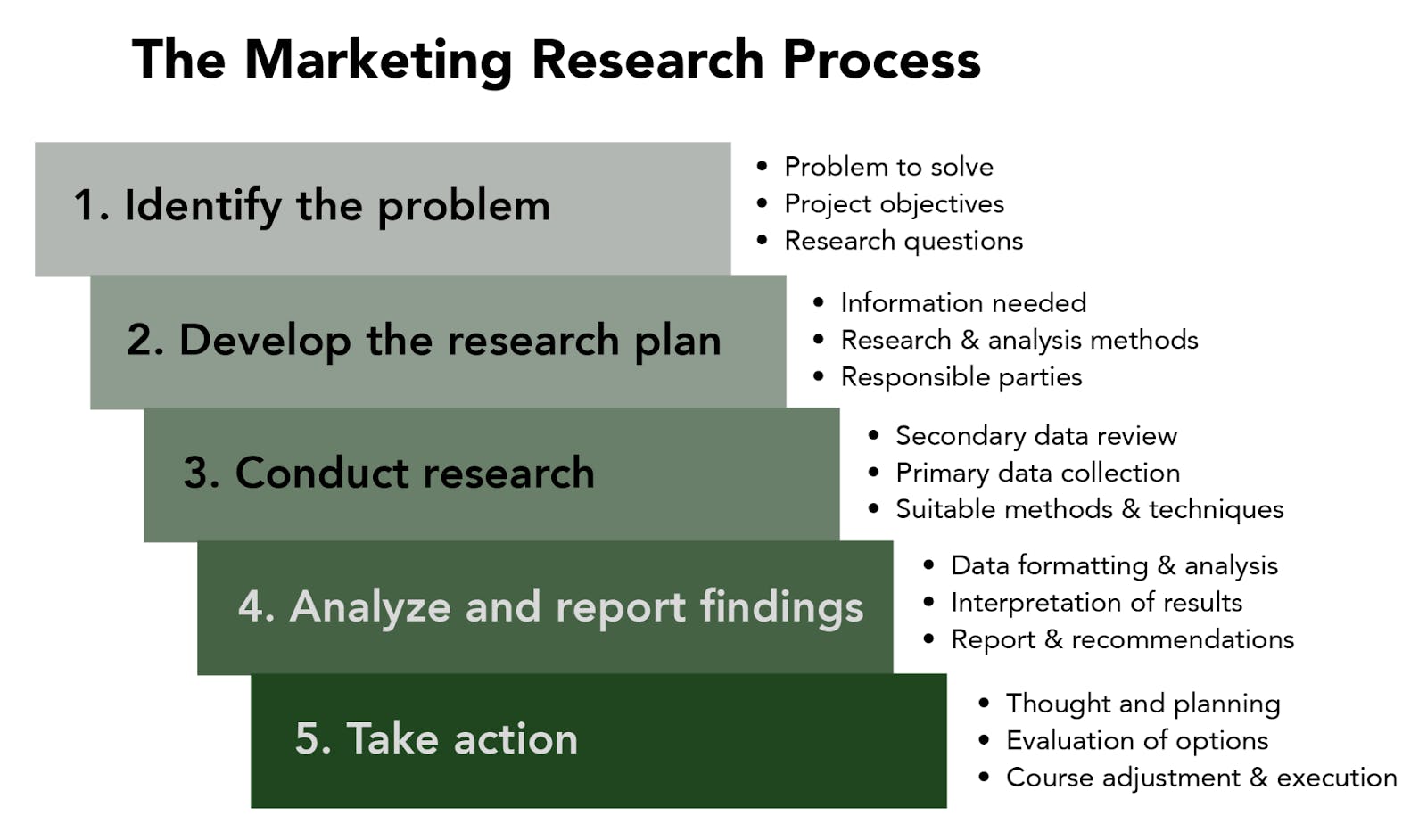Primary market research: types and examples
Jun 20th, 2023

Contents
What is primary market research?
Primary market research methods
Examples of primary market research
How to conduct primary market research?
Bill Gates, the philanthropist and creator of Microsoft, once said: "Your most unhappy customers are your greatest source of learning." The success of any product greatly depends on your ability to gather and analyze feedback from your audience. Market research provides practical insights to help you develop a new offering, create sales and marketing strategies and make well-considered decisions.
Primary market research allows you to learn more about new markets, create offerings and services that clients like and draw their attention with appealing marketing messages. In this article, we will describe the idea of primary market research, clarify the distinctions between primary and secondary research and provide techniques and examples.
What is primary market research?
Primary market research is a study performed by an individual or organization to collect precise and timely information for marketing purposes. Researchers gather data directly instead of relying on information from the earlier study. For example, a company may conduct research to understand how customers view a brand. This data is unique and cannot be found in other sources.
The procedure entails collecting your customers’ opinions about a product or service. Researchers can conduct a study using different techniques: focus groups, in-person meetings, observations, and surveys. The objective of primary research is to uncover customers’ requirements, preferences, and opinions to find an ideal positioning for the product. Primary research enables marketers to obtain detailed data about the industry and target clients. The study helps businesses forecast future trends, identify industry challenges and develop persuasive messaging.
With this study, you can determine the price customers are ready to pay for your offering, understand customers’ perceptions of the brand, and improve the products. Such problems cannot be solved with secondary research since they are specific to each company, particular customers, and products. Let us compare primary and secondary market research to find the other differences between these approaches.

Primary vs secondary market research
The main distinction between these techniques is data sources. While primary research data is collected directly from a pre-selected targeted audience, secondary research data comes from external agencies and companies. When a company conducts primary research, it may run an experiment, hold a series of interviews or observe customers’ behavior. It will directly acquire this raw data, which will be explicitly gathered for the company’s research needs.
In contrast, secondary research provides information initially collected by governmental organizations, trade groups, and market research companies. Thus, this research draws conclusions based on publicly available data. Secondary research often examines large amounts of generalized data, whereas primary research is conducted to address specific questions you have about your company, clients, or rivals.
The other difference is the cost. Conducting secondary research requires less time and money than collecting primary data. Primary research often involves a large sample size and a high response rate to ensure reliable and valid data. At the same time, secondary research can help you save time and money by using existing data that is easily accessible.

When choosing between primary and secondary market research, you need to take into consideration your budget, objectives and questions, time limits, and data quality and reliability requirements. You should carry out primary research when you are looking to find answers to certain questions related to your target market or clients that available information cannot answer. Secondary research will be helpful if you want to learn more about your market or competition or verify the data you already have.
Below, we will take a closer look at common primary research methods and consider how to use them for marketing purposes.
Primary market research methods
Choosing the appropriate method of primary market research depends on your needs, the problems you want to solve, and your business objectives. We will consider six qualitative and quantitative primary research methods and describe each technique in detail.
In-depth interviews
In-depth interviews, or IDIs, are an excellent way to get reliable market insights and learn more about your audience. This method entails running a series of structured or unstructured interviews with purposefully chosen participants. The interview typically lasts 20 to 30 minutes. Depending on the goals of the study, market research companies recommend conducting from 8 to 14 interviews, depending on how challenging it is to reach the target demographic.
You can also run interviews with industry leaders to gain expert knowledge. This qualitative research method provides a more personalized approach to the participant, which allows researchers to receive more insightful answers. The results of a correctly done in-depth interview will include not only the participant’s answers but also the interviewer’s observations of the body language, tone, and phrasing of responses.
Focus groups
Online and in-person focus groups are popular primary market research methods as they allow for gathering many different opinions at once and collecting feedback about certain products or concepts. A focus group typically consists of 8 to 12 individuals who are asked to participate in a moderated discussion. The talks are typically recorded, and the data can be used to develop strategies and decision-making.

Nowadays, most companies prefer online focus groups. They are more cost-effective and much simpler to organize as there are no travel, venue, or other expenses to consider. Compared to in-person set-ups, convincing individuals to participate in a video focus group is also easier.
However, the advantage of in-person focus groups is the ability to interpret body language when people are in the same place. Moreover, this format facilitates brainstorming and discussions between respondents. Researchers can include more exercises and other activities, such as encouraging participants to work in groups and sketching out the concepts.
Surveys
Surveys are one of the most common and effective primary market research methods. Moreover, this approach allows to collect quantitative data at a low cost. Surveys typically consist of open-ended, close-ended, or a combination of both types of questions addressed to existing or prospective customers. The main purpose of a survey is to gather data on a particular topic or get customers’ feedback.
You can use surveys to evaluate brand awareness, develop a pricing strategy, define the total addressable market or segment it into smaller parts, analyze brand loyalty, and assess customer satisfaction. Creating surveys of the right length is critical to collect enough viable information and not bore clients.
One of the popular types of online questionnaires is intercept surveys. It is an excellent market research tool that enables gathering feedback from website visitors, even if they are not likely to be your customers. These surveys can include rating, open-ended and multiple-choice questions and can be used for website usability testing, evaluation of user behavior, and other purposes. With intercept surveys, a company can better understand consumers' shopping experiences and their level of satisfaction with products or collect demographic information.
Ethnographic research
This method of primary research implies observing consumers’ behavior in a natural environment like a home or store and analyzing how they interact with a product. By examining these interactions, product developers, brand managers, and designers can test products, determine consumers’ preferences or receive feedback on the functionality or package design.
Ethnographic research also involves collecting information from different data sources, such as interviewing consumers and videotaping people in a natural setting. Then researchers analyze the results using coding, which implies identifying key points in the information. They look for discrepancies between people’s words and actions and identify participants’ cultural characteristics to understand how it influences their behavior.
Consumers mustn't know that they are being watched. Otherwise, they will not act naturally, which might result in drawing incorrect conclusions. In addition, you can examine how consumers interact with competitors’ products to understand how to improve your offering.
Hypothesis testing
Hypothesis testing is utilized to decide which of two statements is supported with evidence. Researchers employ statistical methods to determine if the data confirms or disproves the hypothesis.
A hypothesis in market research is a proposed theory that explains a phenomenon. It consists of two elements: a variable and a relationship. A variable can take on different values like age, gender, or price. A relationship is a link between several variables. For example, the relationship between demand and price implies an increase in price and a decrease in demand.
The purpose of hypothesis testing is to provide information that businesses may utilize to guide decision-making. This method might be useful for pricing a product across various markets or audiences. Business owners can also use hypothesis testing to develop marketing strategies and assess the product’s positioning and messaging.
Minimum viable testing
This primary market research method implies testing a new product or feature before launching it to the market. According to this approach, a company releases a minimum viable product with basic features to save time and costs and to evaluate the product’s potential before making considerable investments. Then business owners analyze customers’ feedback and decide whether it is competitive and can satisfy users’ requirements.
By applying this approach, a company can produce a product faster and reduce development iterations while achieving product-market fit. However, remember that the MVP must provide enough value to motivate people to buy it and demonstrate future benefits to retain early adopters. At the same time, it should provide a feedback loop to direct future growth.
The MVP approach is practical for technical products like video games and software. Observing people while they utilize the product is more reliable than using surveys or forecasts to back up marketing hypotheses.
Once you have a thorough grasp of different market research methods, you can better plan your product marketing strategy. Now let us consider how various organizations apply these methods in practice.
Examples of primary market research
We will present examples of several well-known companies that constantly use market research findings to learn about customers’ expectations and improve their products.
Domino’s Pizza
Today Domino’s Pizza is the largest pizza chain in the world. However, in 2009 the company was losing customers and experiencing a record decrease in share price. One of the main reasons was a disgusting video created by two former Dominos employees that went viral. After watching the video, 65% of respondents who had previously visited Domino’s Pizza said they would not go there again.
For months, Domino's gathered feedback via focus groups and surveys to develop the "The Pizza Turnaround" campaign to promote their new pizza. The goal was to change the product formulas from the ground up in response to clients’ comments. The company worked on the pizza toppings, dough, and sauce. As a result, they produced pizzas that tasted precisely the way their consumers wanted them to.
As a result, the company's sales increased by 14.3% in the first quarter of 2010 compared to 2009. Domino's shares skyrocketed 130% between December 2009 and December 2010.
Fujitsu
Fujitsu, Toyo University, and Amagasaki City conducted field trials for testing AI software that prevents phone fraud. The goal of the collaborative study is to create an AI model that can identify different phone fraud schemes, helping stop scams targeted at the elderly and other vulnerable demographic groups.
Phone fraud damage was over 97 million yen in Amagasaki City alone in 2021. From March 30 to March 31, 2022, the three parties simulated real situations in field trials with elderly residents from Amagasaki City to address this issue and build new instruments to combat fraud.
Apple
To establish a reputation as a global tech leader throughout the years, Apple has implemented several data-collection strategies, including primary market research methods. For example, in 2015, the company gathered feedback to evaluate customer satisfaction with Apple Watch. Three months after its first debut, the corporation was able to see, according to research, that the public liked its new product.

After a consumer makes a purchase, the corporation sends them questionnaires via email. Customers are asked to assess their degree of satisfaction and likelihood of making another purchase. The fact that customer surveys are sent right away after purchase allows Apple to get timely, accurate responses. In addition, Apple’s retail locations invite consumers to review their in-store experience at the moment of sale.
In the following paragraphs, we will explain how to run this type of research step-by-step.
How to conduct primary market research?
These five steps will help you perform market research to inform your advertising strategies.
Step 1. Identify buyer personas. The first step is creating buyer personas or characters representing your existing or potential clients. These people should have character traits and features of your niche market. These traits might include age, gender, education level, job title, lifestyle, income, and interests.
Step 2. Choose respondents. The next step is to find people who match the characteristics of your buyer personas. These people might include recent clients who have purchased your products, your company’s social media followers, or people who have bought competitors’ offerings. Then contact them via email or social media and ask consumers to take part in the research.

Step 3. Prepare questions and conduct research. Consider the purpose of your study and the information you need to collect. Once you have prepared a set of questions, you can perform the investigation. Ask open-ended questions and encourage participants to speak for as long as they wish in their replies. You can conduct the study via social media or email and provide customers with a reward, such as a coupon code or a free item, in exchange for participating in the poll or survey.
Step 4. Conduct secondary research. Find similar companies in your industry and search for market studies that they have conducted. Analyze their products, changes they have implemented, and consumers’ feedback. Then you may create the go-to-market strategy by analyzing what clients enjoy and hate about rival products.
Step 5. Conclude the research and analyze findings. Examine the information you have collected with primary and secondary research. Search for patterns and trends. You can identify correlations between products that customers like and understand how the business's techniques influenced their experiences. Finally, you can create graphs or charts to illustrate your findings and demonstrate them to sales and marketing teams. This information will show the company’s performance and highlight areas for improvement.
Conducting studies and developing your business is a never-ending process. The secret of success is to establish a strong connection with clients, always look for new opportunities, and adjust to the needs of your customers.
